Guest column: Targeted surveillance mitigating COVID-19 spread at Colorado State University

Colorado State University has a long history of investigating infectious disease outbreaks and is known for research exploring the complex interplay of pathogens, disease vectors, and the ecosystems in which transmissions occur. CSU is focused on translation of those findings into practical solutions used by farmers, pet owners, and patients.
Prior to the arrival of the COVID-19 pandemic in the U.S., CSU had already made large strategic investments in diagnostics and early warning environmental surveillance systems for diseases affecting humans, livestock, companion animals and animals in the wild. Coupled with a faculty experienced with investigating and managing disease outbreaks, CSU was well positioned to become a leader in the fight against this disease.
That this promise is being realized became evident when CSU was recently named with Harvard and Johns Hopkins as one of the 10 “best universities solving the coronavirus pandemic,” citing over 100 investigators working on more than 25 projects to combat the virus. The hallmark of CSU’s efforts has been leveraging broad collaborative teams to tackle an even broader spectrum of challenges associated with this pandemic.
CSU jumped into action early to address a vulnerable population already known to be at highest risk of death due to COVID-19: older adults living in skilled nursing facilities. A team of experts led by Drs. Nicole Ehrhart and Greg Ebel conducted one of the first surveillance projects aimed at protecting the workforce caring for seniors in those facilities.
By conducting weekly screening of the health care workers and other facility staff, those with asymptomatic SARS-CoV-2 infections were quickly identified and asked to stay home. This program resulted in decreased incidence of COVID-19 among the residents of these facilities at a time when assisted care living facilities in other parts of the country were reporting very high numbers of infections, sometimes with tragic consequences. Ehrhart and Ebel were instrumental in demonstrating the importance of screening asymptomatic carriers in the working population who were inadvertently acting as vectors of disease.
Importance of surveillance
Experience with this program focused our collective attention on the importance of surveillance. A strategy based on interrupting transmission before widespread symptoms are evident provides a robust countermeasure against the spread of contagion. This is particularly important for a young population such as that found at CSU. Many of our students will not develop symptoms in response to SARS-CoV-2 infection, yet they can spread this potentially deadly virus to vulnerable populations of all ages, in some cases with serious health consequences.
Surveillance at CSU has taken many forms as the university responded to the challenges associated with this pandemic. In preparing to open our campus for the fall semester, we applied our expertise to build several diagnostic testing capabilities and innovative practices. These were then combined with contributions from external partners to build a program utilizing multiple kinds of targeted surveillance data to create a healthy and resilient campus.
Our targeted surveillance approach incorporates a variety of data sources that could lead to mitigating the spread of the virus. These include the more expected sources such as symptom tracking, contact tracing, testing with polymerase chain reaction (PCR) assays, wastewater effluent monitoring, air handling in classrooms, and analysis of density and movement patterns on campus.

Drs. Greg Ebel and Nicole Ehrhart.
The viral testing incorporated into CSU’s surveillance program was implemented in phases. Our first phase of testing was implemented upon the fall semester opening. An external partner conducted a broad screen of students, faculty and staff at highest risk of transmitting and/or contracting SARS-CoV-2 to determine baseline rates of prevalence at that critical time. We screened more than 7,500 individuals over the course of seven days, and fewer than 10 positive cases were identified.
That marked the end of the first phase in CSU’s testing surveillance, after which we pivoted to a more targeted approach that incorporated a wide set of inputs to determine what groups to test going forward. We are now in this second phase of testing, in which further spread of disease will be addressed in collaboration with a multi-disciplinary modeling team combining mathematical, epidemiological, economic, and statistical modeling expertise.
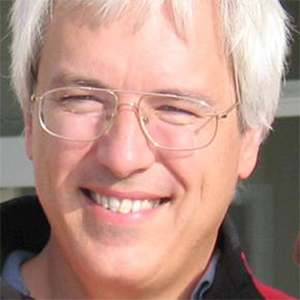
Dr. Michael Kirby
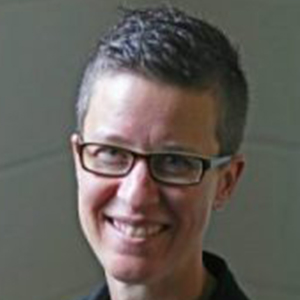
Dr. Molly Gutilla
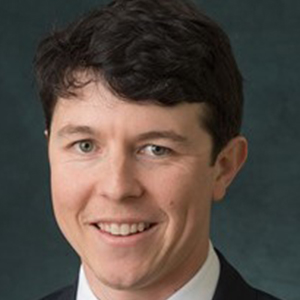
Dr. Jude Bayham
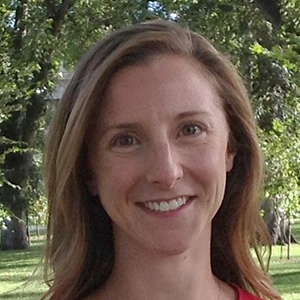
Dr. Bailey Fosdick
This group, led by Drs. Michael Kirby, Molly Gutilla, Jude Bayham, and Bailey Fosdick, is analyzing multiple sources of data collected with a variety of diagnostic tools to identify populations at highest risk of potentially spreading SARS-CoV-2 infections. The goal is to intervene before symptoms are reported, thus preventing spread at the earliest possible moment. With each cycle of screening, a “snapshot” forms of the virus prevalence within the subpopulation tested, and multiple iterations of these snapshots will be analyzed to refine and expand our understanding of how further spread can be prevented.
Innovative approach
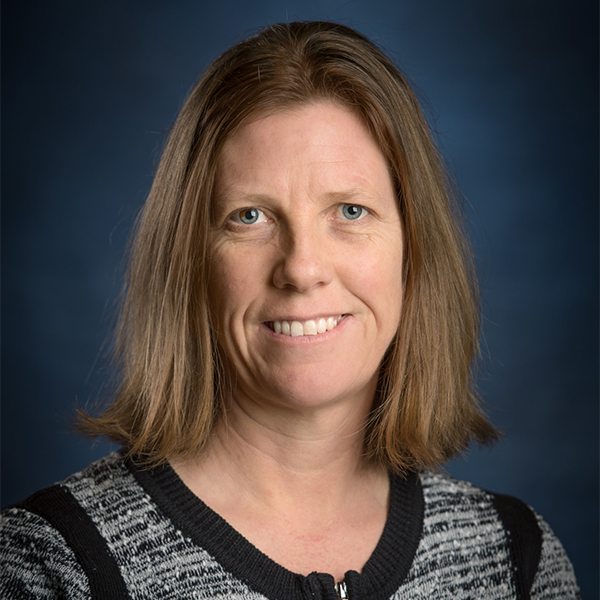
Dr. Carol Wilusz
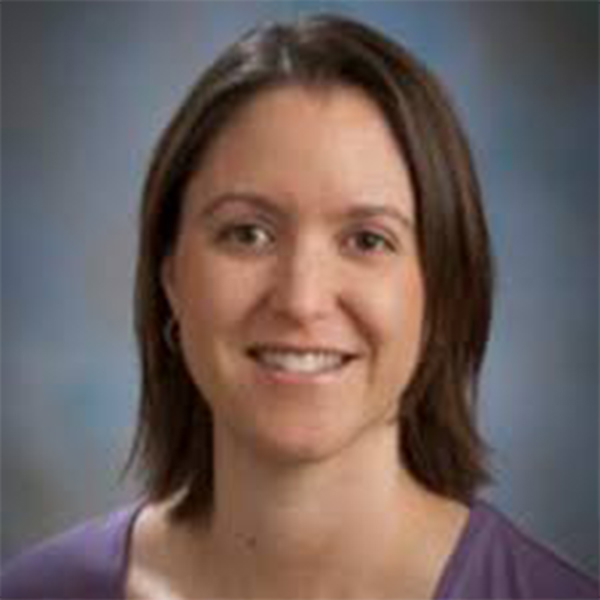
Dr. Susan DeLong

Susanne Cordery
The inputs that inform this strategy include a variety of novel capabilities developed by CSU’s uniquely talented faculty. Drs. Carol Wilusz and Susan DeLong are collaborating with Susanne Cordery, an environmental engineer in CSU’s Facilities Management department, to implement an innovative approach to wastewater testing. Multiple cities around the world and in the United States have reported that viral shedding in fecal matter can be detected weeks before patients present with symptoms of COVID-19. While this gives cities an early indication to prepare for an increase in the outbreak, in many cases following up with testing is not economically feasible given that the sample can represent inputs from hundreds of thousands or even millions of people.
At CSU, this team is taking a “micro” surveillance approach to wastewater testing, in which samples are taken at the level of residence halls, only reflecting contributions of a few hundred people. This allows CSU to respond with a rapid, targeted testing response weeks before symptoms might be expected to appear. Currently 16 campus residence areas are being regularly sampled and compared to results from a site that reflects contributions from all of main campus.
Other data being analyzed in our current Phase 2 of testing includes deidentified results from testing of those reporting symptoms concerning for COVID-19, results from testing of those without symptoms but at higher risk of infection, the close contacts of identified positives, and movement data from areas where infections have been found to other parts of the CSU campus. The combination of these inputs allows the modeling team to identify potential areas of risk where further testing could prevent spread before the SARS-CoV-2 virus can take hold.
CSU has formed a multi-disciplinary rapid response team who take the analysis of the modeling team and quickly mobilize to provide testing to residence halls, classrooms, and research laboratories around campus. This group has representation from Environment Health Services, Housing and Dining, the Office of the Vice President of Research, Facilities Management, CSU Health Network, and the modeling team.
Third phase of testing
CSU is planning to move to a third phase that will be implemented as new tools become available to expand our surveillance approach. While the wastewater signals provide an indicator of viral burden that can further understood when coupled with our screening tests, locations of known or presumptive positives, and campus movement data, wider testing would enhance the power of the data being collected.
Dr. Mark Zabel is leading a team to develop the capability to proactively screen a much larger portion of the CSU population with rapid turnaround digital droplet-PCR (dd-PCR) of pooled saliva samples. Other technologies are also being brought online to enhance CSU’s diagnostic capabilities.
We will be instituting more rapid antigen tests and a syndrome-based multiplexed RT-PCR method that will allow us to screen for over 25 diseases related to a fever of unknown origin or respiratory symptoms in one sample. This will become increasingly useful in the coming months as flu season begins and differentiation between those who have a SARS-CoV-2 infection versus other causes of respiratory infections becomes problematic. Already symptoms have become difficult to interpret as smoke from Colorado wildfires results in poor air quality that triggers asthma exacerbations and other respiratory symptoms. A comprehensive viral panel that includes a COVID-19 test may expedite the effort to control contagion during the flu season where complicating symptoms will represent a diagnostic challenge.
CSU’s commitment to its students, faculty, and staff is evident, but its commitment to the wider Colorado community is equally strong. The highly sensitive wastewater assay developed by Wilusz and De Long is currently being used by state government as part of the “sewer-shed” monitoring effort to measure SARS-CoV-2 viral burden in larger communities or municipalities. CSU is actively collaborating both with the state government and with Larimer County to make its testing capabilities, technical and scientific expertise, and public health experts available to help address the challenges of addressing the COVID-19 pandemic.
CSU, like the rest of the world, is awaiting a vaccine that could offer widespread protection, and in the meanwhile, our collective behaviors in practicing social distancing, wearing a protective mask, reporting symptoms, and avoiding high-risk behaviors are critical. Behavioral resilience will be as crucial as the present and future surveillance tools deployed to minimize the spread of COVID-19.

Dr. Mark Zabel